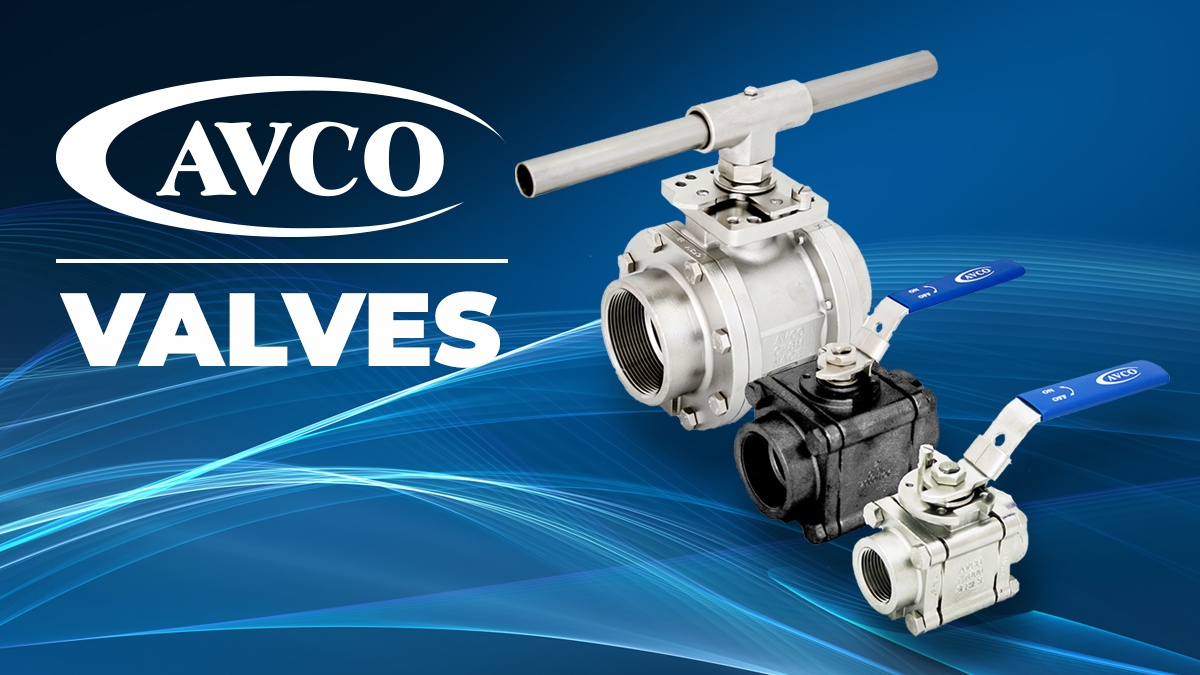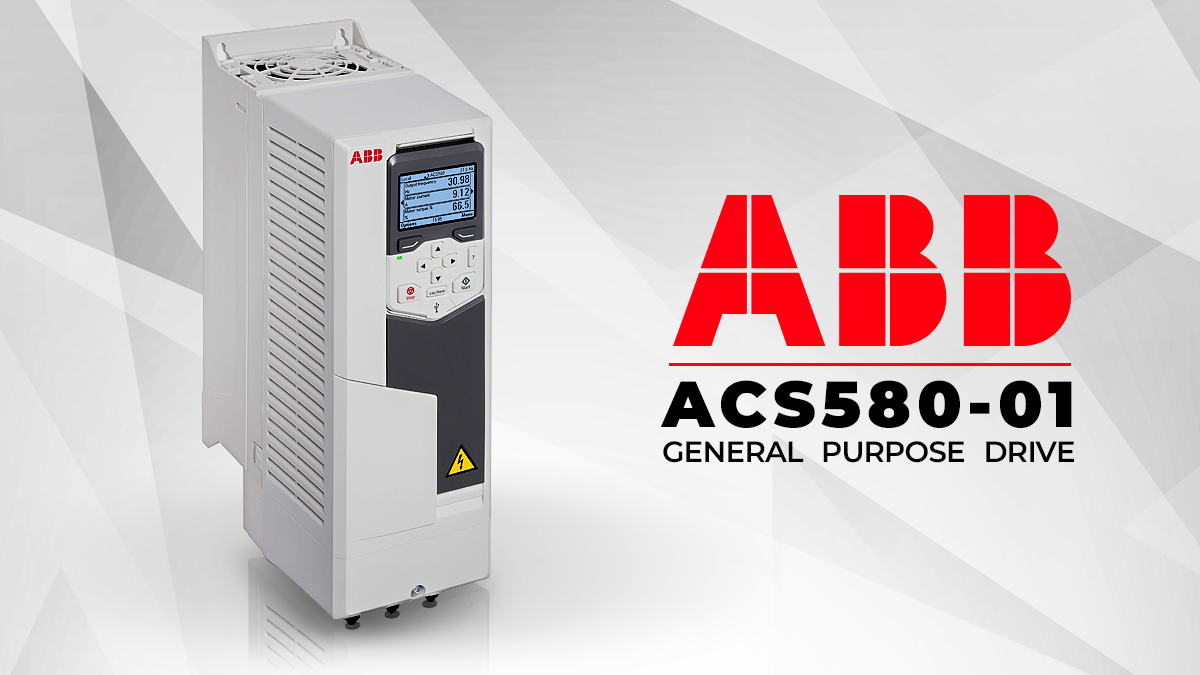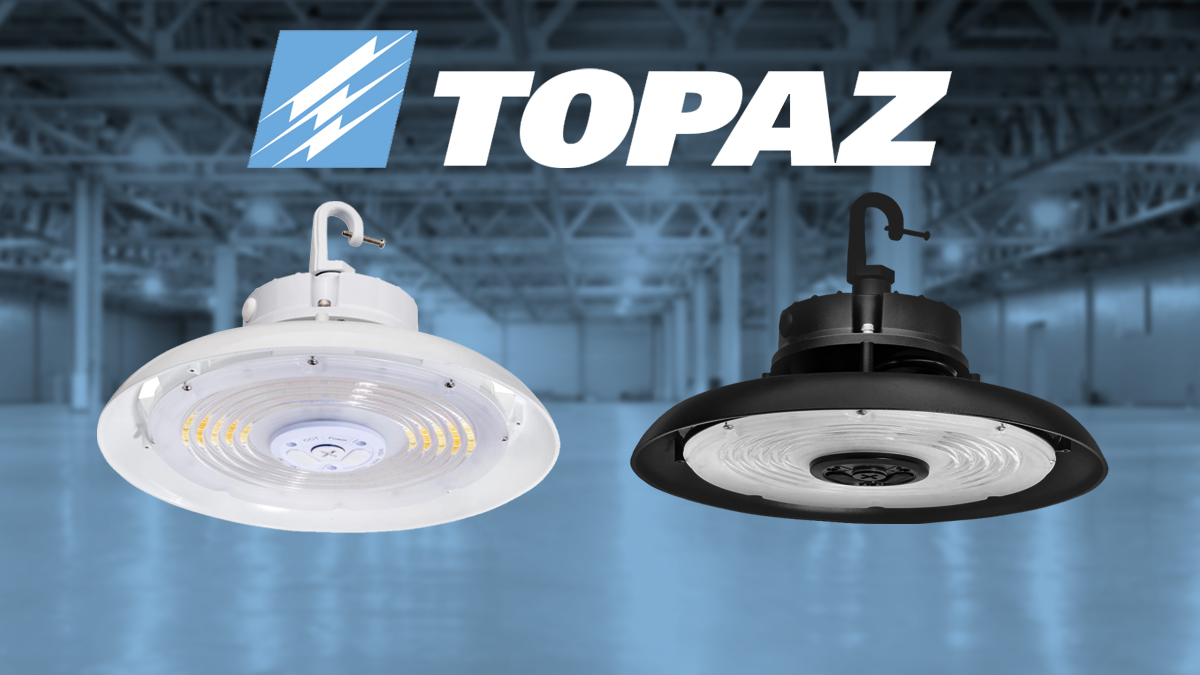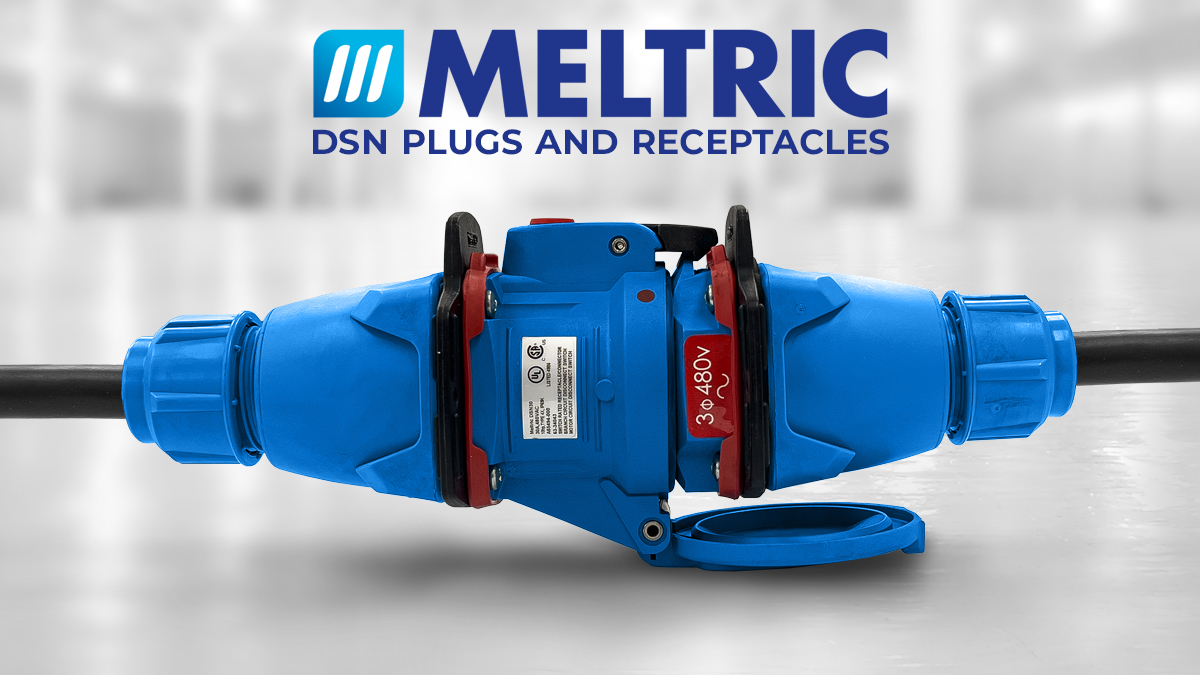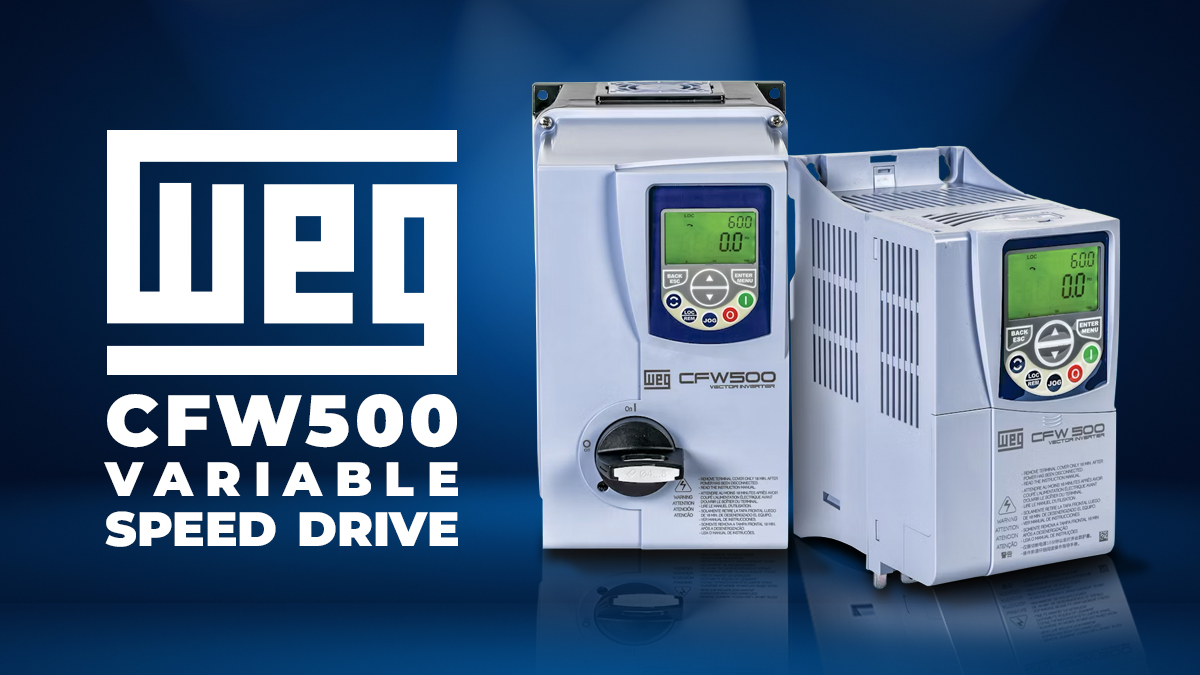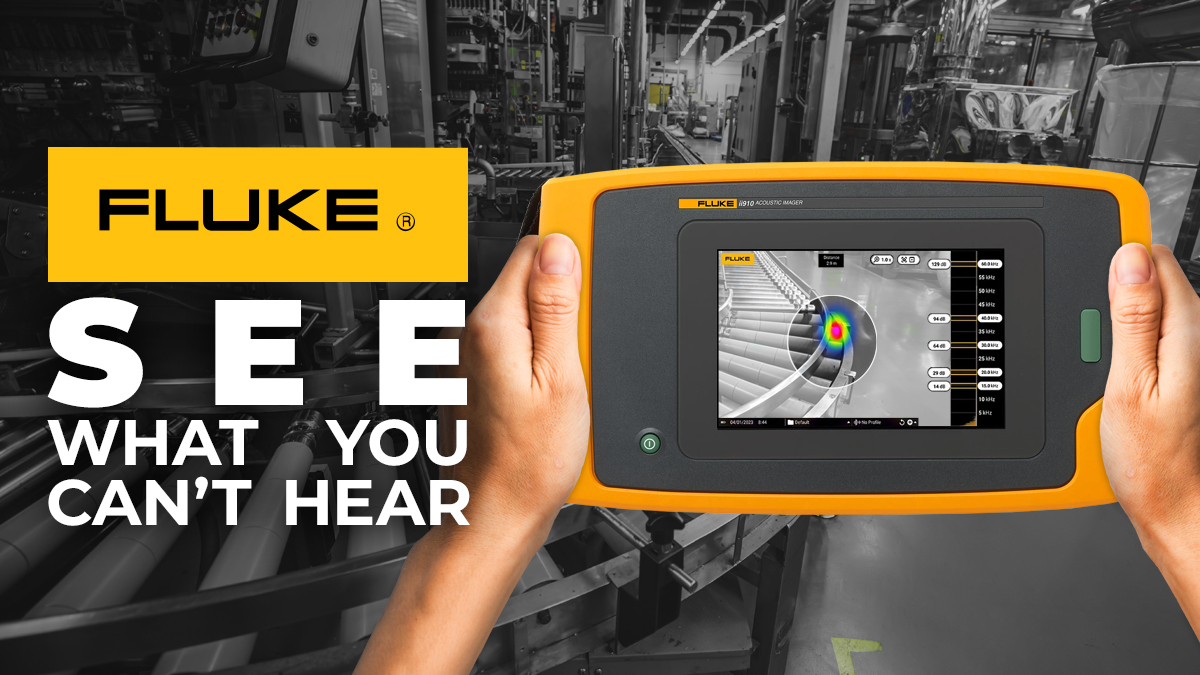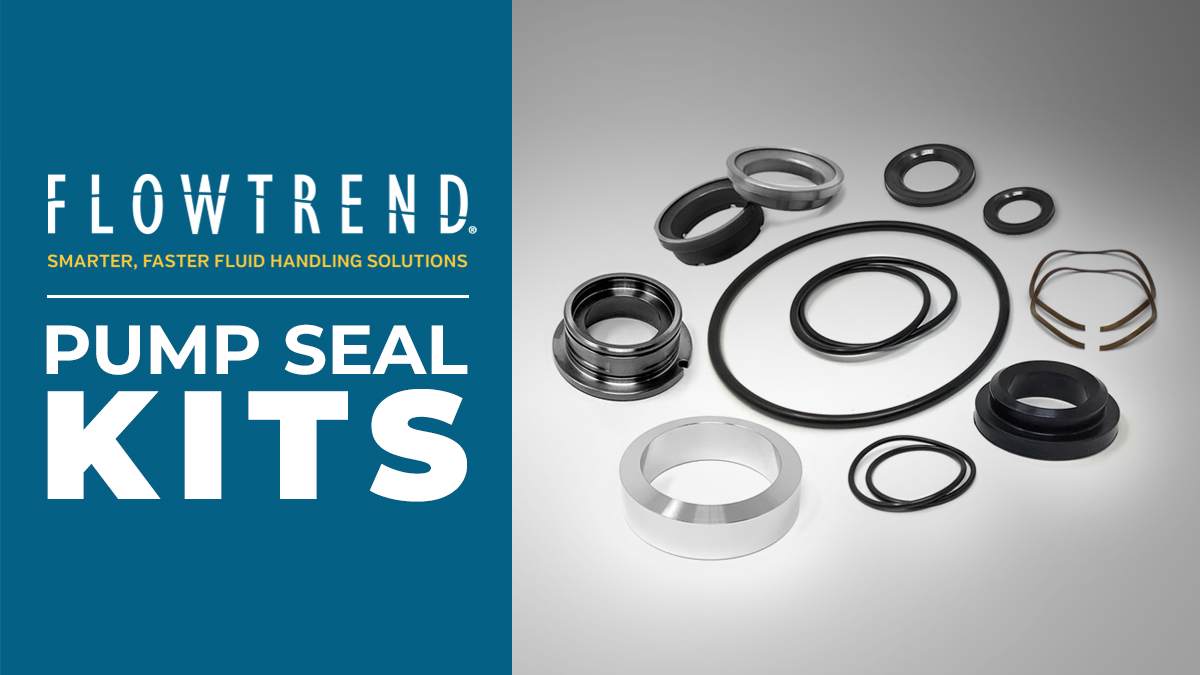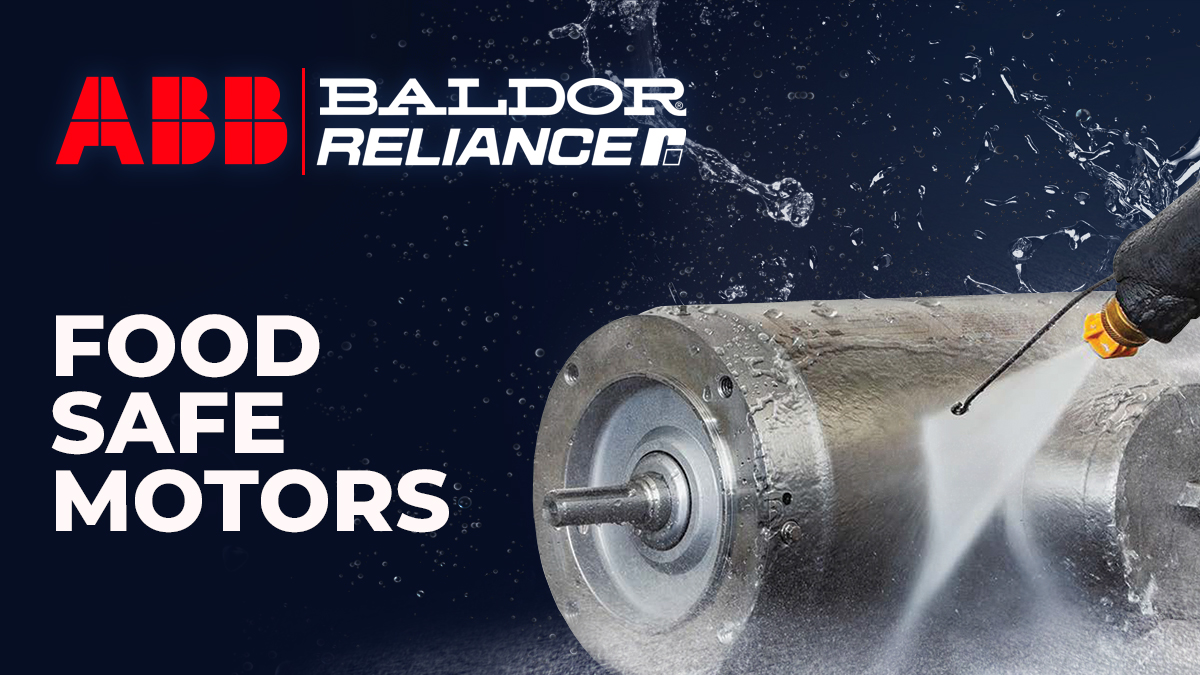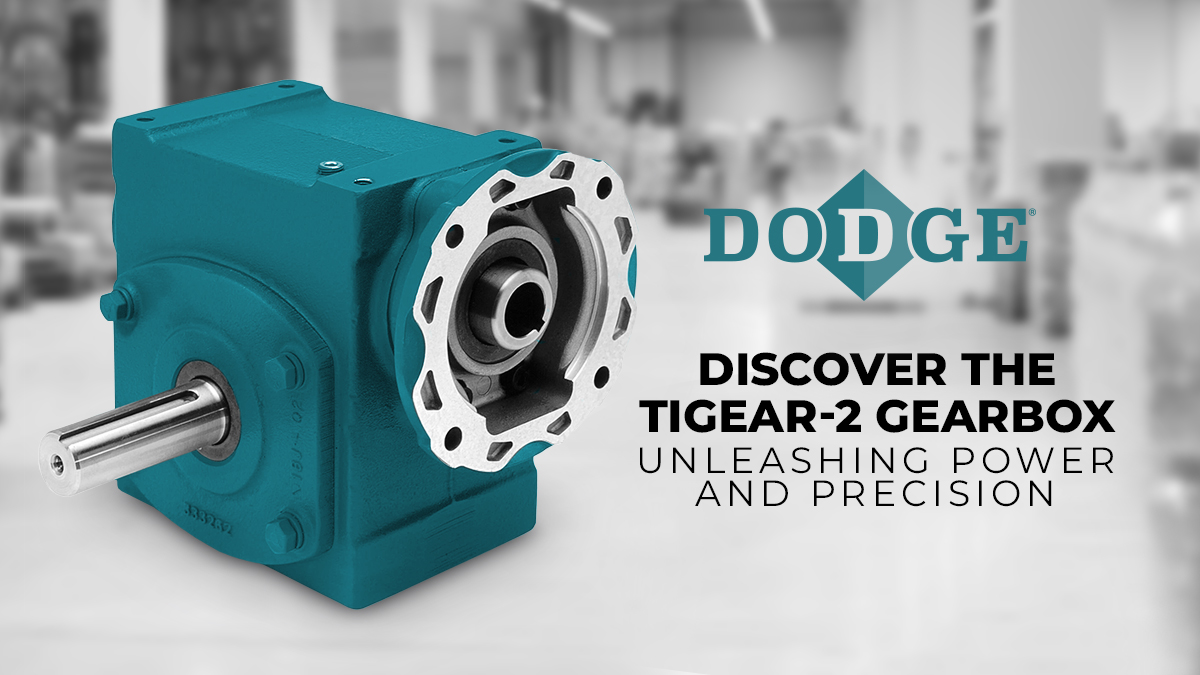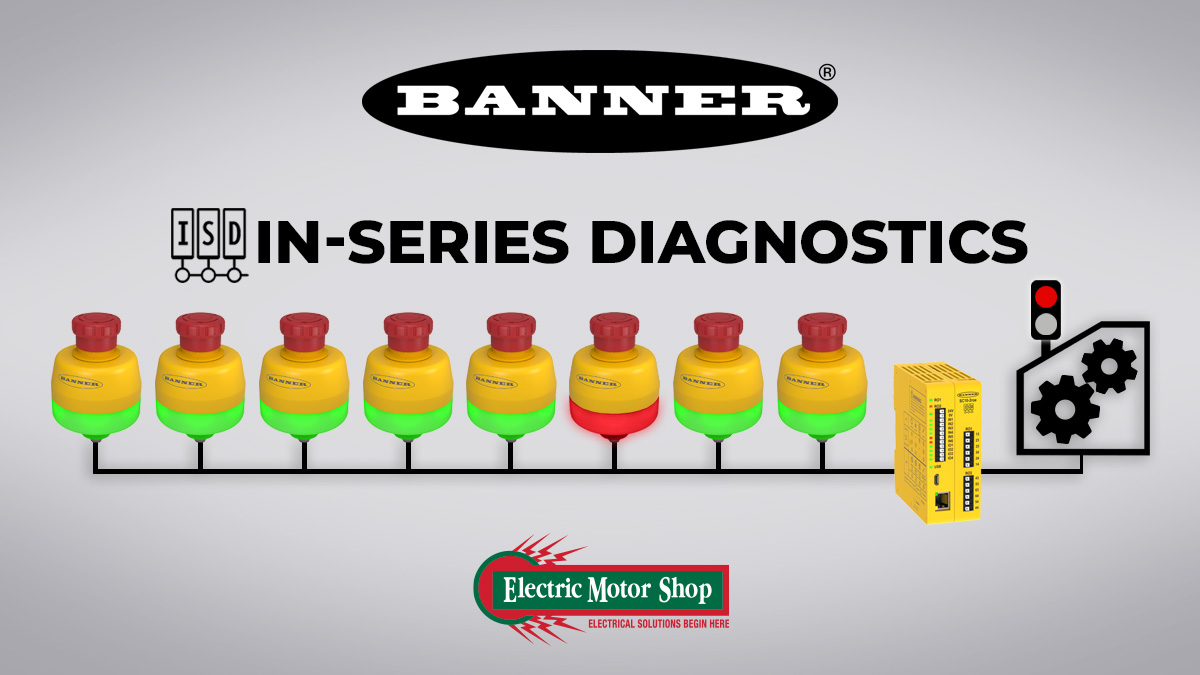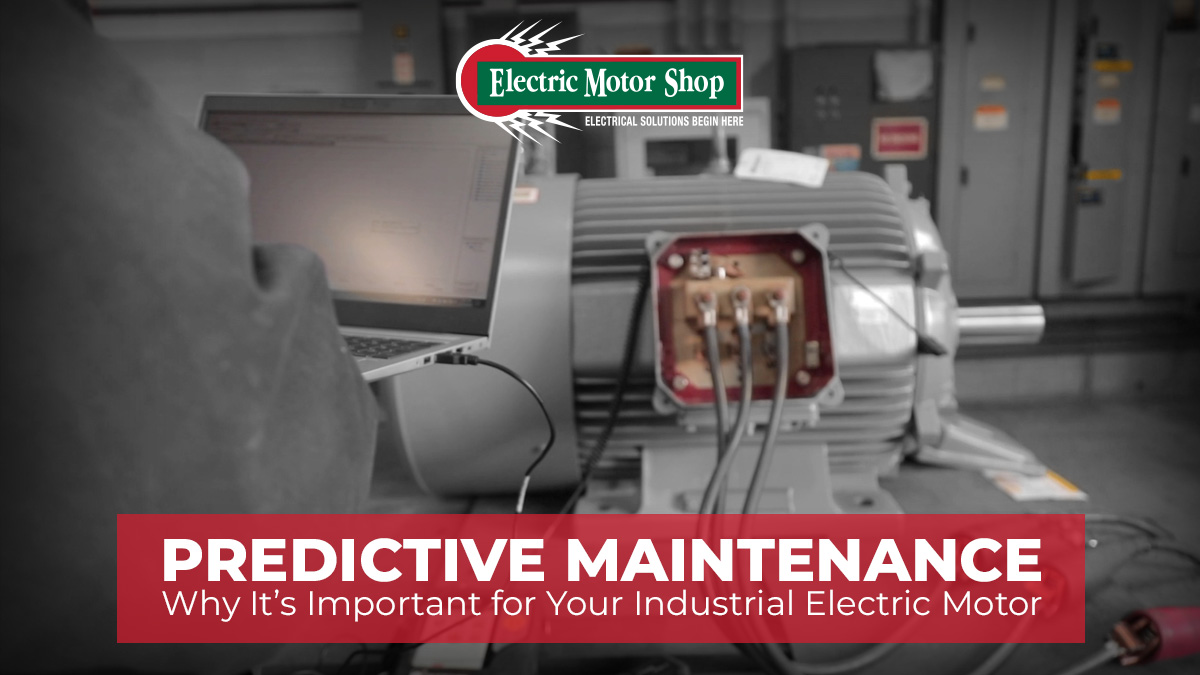
Electric motors are a critical component of many industrial operations. These machines are used to drive everything from conveyor belts and pumps to manufacturing equipment and heavy machinery. However, like any other machine, electric motors can experience problems and failures. These issues can lead to costly downtime, lost productivity, and even safety hazards.
That’s why it’s important to have a predictive maintenance program in place for your industrial electric motor. Predictive maintenance is a proactive approach that uses data analysis and machine learning algorithms to monitor the health of your equipment and predict when maintenance is needed. Here’s why predictive maintenance is so important for your industrial electric motor:
Cost Savings
One of the biggest benefits of predictive maintenance is cost savings. By detecting potential problems early, you can address them before they become major issues. This means less downtime and fewer costly repairs. In fact, studies have shown that predictive maintenance can reduce maintenance costs by up to 30% and increase overall equipment effectiveness by up to 15%.
Improved Efficiency
Predictive maintenance can also help improve the efficiency of your electric motor. By monitoring the motor’s performance, you can identify inefficiencies and optimize its operation. This can lead to energy savings and improved productivity.
Increased Safety
Faulty electric motors can be dangerous. They can overheat, catch fire, or even explode. Predictive maintenance can help detect potential safety hazards before they become a problem, keeping your employees and equipment safe.
Longer Equipment Life
By detecting and addressing potential issues early, predictive maintenance can help extend the life of your industrial electric motor. This means you can get more use out of your equipment and delay the need for costly replacements.
Improved Product Quality
Industrial electric motors are often used in manufacturing operations where product quality is critical. By monitoring the motor’s performance, predictive maintenance can help ensure that your equipment is operating at peak performance, leading to higher quality products and fewer defects.
So, how does predictive maintenance work for industrial electric motors?
First, data is collected from the motor using sensors and other monitoring equipment. This data is then analyzed using machine learning algorithms to identify patterns and anomalies. Based on this analysis, maintenance technicians can determine when maintenance is needed, what type of maintenance is required, and how urgent the issue is.
There are several types of predictive maintenance techniques that can be used for industrial electric motors:
Vibration Analysis
Vibration analysis involves monitoring the motor’s vibrations to detect potential issues such as misalignment, imbalance, or bearing wear.
Infrared Thermography
Infrared thermography involves using thermal imaging cameras to detect potential issues such as overheating or insulation defects.
Laser Alignment
Motor current analysis involves monitoring the current that the motor draws to detect potential issues such as rotor bar defects or broken rotor bars.
Dynamic Balancing
Electric motor dynamic balancing is a procedure that involves measuring and correcting any imbalances in the rotating components of an electric motor to reduce vibration, noise, and wear, and to extend the motor’s lifespan.
Surge Testing
Electric motor surge testing is a method of diagnosing potential faults in the insulation of an electric motor by applying a high voltage surge to the windings and analyzing the resulting waveform for any anomalies.
Hipot Testing
Electric motor hipot testing, also known as dielectric withstand testing, is a procedure that verifies the integrity of the insulation system of an electric motor by applying a high voltage to the motor windings and measuring the amount of current that flows through the insulation.
By using these predictive maintenance techniques, you can stay on top of your industrial electric motor’s health and avoid costly downtime and repairs.
In conclusion, predictive maintenance is essential for any industrial operation that relies on electric motors. By detecting potential issues early and addressing them before they become major problems, predictive maintenance can help you save money, improve efficiency, increase safety, extend equipment life, and improve product quality. Don’t wait until it’s too late – implement a predictive maintenance program for your industrial electric motor today.
Conclusion
In conclusion, predictive maintenance is essential for any industrial operation that relies on electric motors. By detecting potential issues early and addressing them before they become major problems, predictive maintenance can help you save money, improve efficiency, increase safety, extend equipment life, and improve product quality. Don’t wait until it’s too late – implement a predictive maintenance program for your industrial electric motor today.
Contact us today to learn more about how we can help keep your motor in top working condition!


